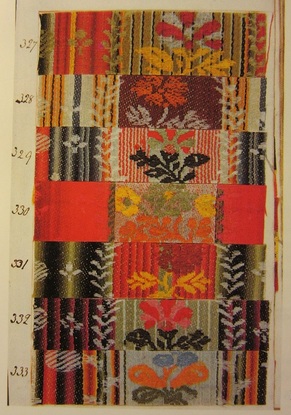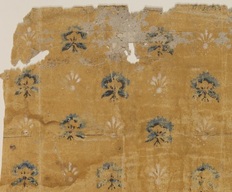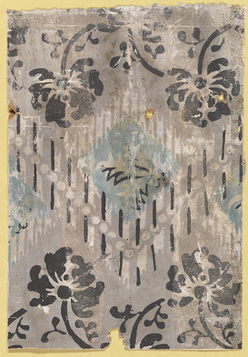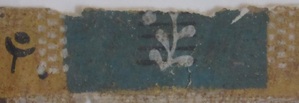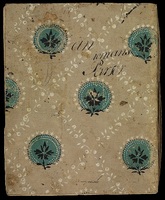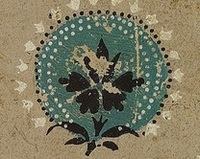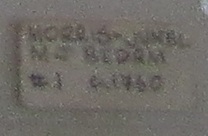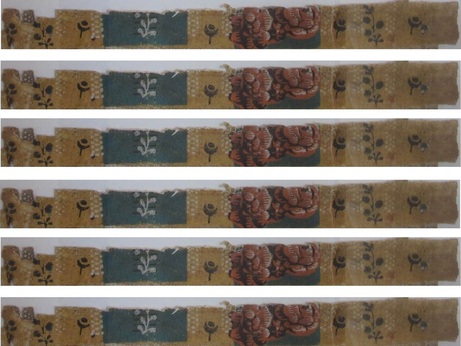Secrets of the Morris-Jumel Mansion–Part 5:
Before Eliza: A Fragment of the Past
By Margaret A. Oppenheimer, author of The Remarkable Rise of Eliza Jumel
Looking for a different secret of the Morris-Jumel Mansion? Click these links for part 1, part 2, part 3, part 4, part 6, part 7, and part 8.
Earlier this year, Morris-Jumel assistant curator Kelsey Brow mounted an intriguing exhibit about wallpaper at the mansion. A fragment of a paper that had hung in one of the bedrooms attracted my attention. Might it have been made before 1800? If so, the carefully preserved remnant could help us to envision what at least one room of the house looked like in the eighteenth century—when Eliza Jumel was still a poor girl in Providence, Rhode Island, and her future husband, Stephen Jumel, was embarking on a mercantile career in France.
|
Like many eighteenth- and nineteenth-century wallpapers, the Morris-Jumel fragment was inspired by textiles. Its small sprigs and large blossoms, scattered over stripes of different colors and widths, had counterparts in fabrics such as these of about 1794 found in a sample book at Winterthur.
|
|
The hues and decorative elements of the fragment appear most characteristic of wallpaper designs created in the last third of the eighteenth century. The ground colors—slate blue and mustard yellow—bring to mind a paper of 1770–1790 from the General Sylvanus Thayer birthplace in Braintree, Massachusetts.
|
Plant sprigs with bulbous leaves, such as those that appear on the fragment, show up on a remnant of English wallpaper dated 1760–80.The use of white dots to demarcate areas of the design finds a parallel in a wallpaper of 1780–90 used to cover a school book found in a New Hampshire home.
|
|
|
|
Could we be more precise about the dating? A label that accompanies the Morris-Jumel fragment, probably written in the 1970s or early 80s when paint and wallpaper studies were performed, indicates that it came from the "MJ" bedroom: probably an abbreviation for the room decorated both then and today as Mary Jumel's room. The inscription "#1" suggests that it was the first (i.e., oldest) layer of wallpaper to be found in the room, as does the estimated date, "c. 1760," written on the label.
|
|
Stylistically, it is possible that the fragment indeed dates from the second half of the 1760s and therefore could have been part of a paper hung by Roger Morris and Mary Philipse Morris, the couple who built the Morris-Jumel Mansion beginning in 1765. The other alternative is that it was hung when the mansion was run (briefly) as an inn, in 1786–87. In that case, we would have to presume that an earlier wallpaper preceded it but left no trace—certainly possible, although it is difficult to estimate how likely that might have been. In any case, it seems safe to assume that this unpretentious fragment represents one of the few surviving clues to the interior decoration of the Morris-Jumel Mansion in the eighteenth century. I hope that this very simple mockup with which I will end my analysis hints at what the paper might have looked like hanging on the wall.
|
Copyright Margaret A. Oppenheimer, July 5, 2016

